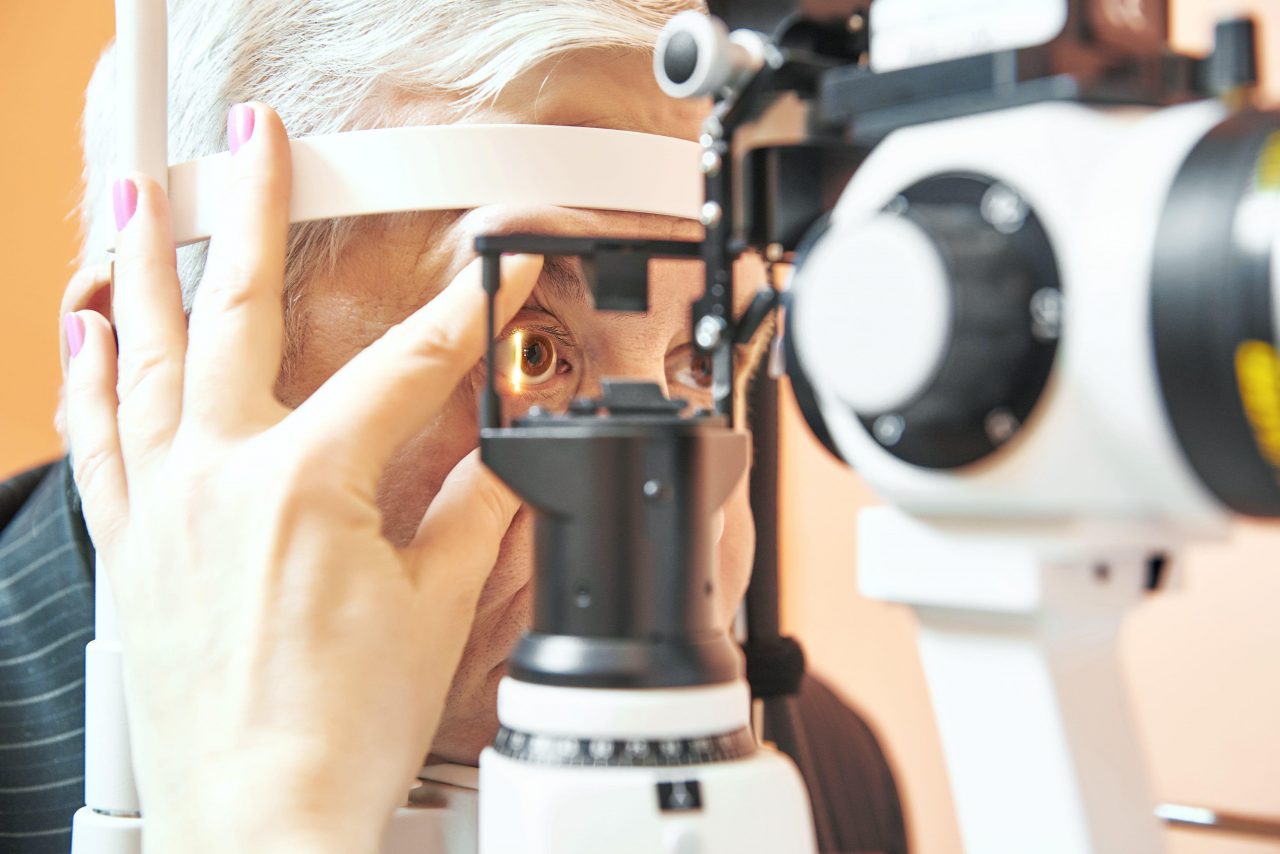This is the last installment in a four-part series about vision correction. Here are the first, second, and third installments.
Q. I'm getting fed up with my bifocals and I want to make a change to something else. What are my options?
There are three basic ways to correct faulty vision: eyeglasses, contact lenses or surgery. In this column, we'll cover surgery.
Surgery is used to correct a variety of eye disorders. Of special interest to seniors is surgery for cataracts, so we'll start there.
A cataract is a clouding of the lens, the clear part of the eye that helps focus images like the lens in a camera. Cataracts can blur images and discolor them.
The most common procedure used for removing cataracts is called phacoemulsification. A small incision is made in the side of the cornea (the front part of your eye), where your physician inserts a tiny instrument that uses high-frequency ultrasound to break up the center of the cloudy lens and carefully suction it out.
After the cloudy lens has been removed, the surgeon will replace it with an intraocular lens (IOL) implant made of plastic, silicone or acrylic.
Most cataracts are related to aging. By age 80, more than half of all Americans either have a cataract or have had cataract surgery. Cataract removal is one of the most common operations performed in the United States. About 9 out of 10 people who have the surgery have improved vision.
The most common symptoms of a cataract are blurred images, faded colors, glare, poor night vision, double vision, and frequent prescription changes in your eyeglasses or contact lenses. If you have any of these symptoms, see your doctor, because they can be signs of other eye problems.
Another form of surgery to correct vision is called LASIK, which stands for Laser-Assisted In Situ Keratomileusis. LASIK improves vision by reshaping the cornea, the clear covering of the front of the eye.
Using a laser, an eye surgeon can free patients of eyeglasses and contact lenses. The results of LASIK have been improving because of technological advances and the experience of surgeons. More than 90 percent of people who've undergone refractive (vision-correction) surgery don’t have to wear glasses or contacts most of the time.
LASIK is a relatively new technology. The first laser was approved for eye surgery in 1998. The long-term safety and effectiveness of LASIK is unknown.
LASIK is an option if you are nearsighted, farsighted or have astigmatism. Some people with presbyopia — a vision error that comes with age — may benefit from LASIK eye surgery.
For patients with presbyopia, it's important to note that LASIK cannot correct vision so that one eye can see both far and near. However, LASIK can be done to allow one eye to see near and the other far, which is called monovision. If you can adjust to this correction, it may eliminate or reduce your need for reading glasses.
During the eye exam before LASIK, the surgeon charts your eye to determine which areas of your cornea need to be altered. The surgery is then done with a laser programmed to remove the right amount of tissue in each location on the cornea.
Refractive surgery is usually considered elective. Medicare and most insurance companies won't cover the costs. The average cost for LASIK is about $2,000 per eye.









